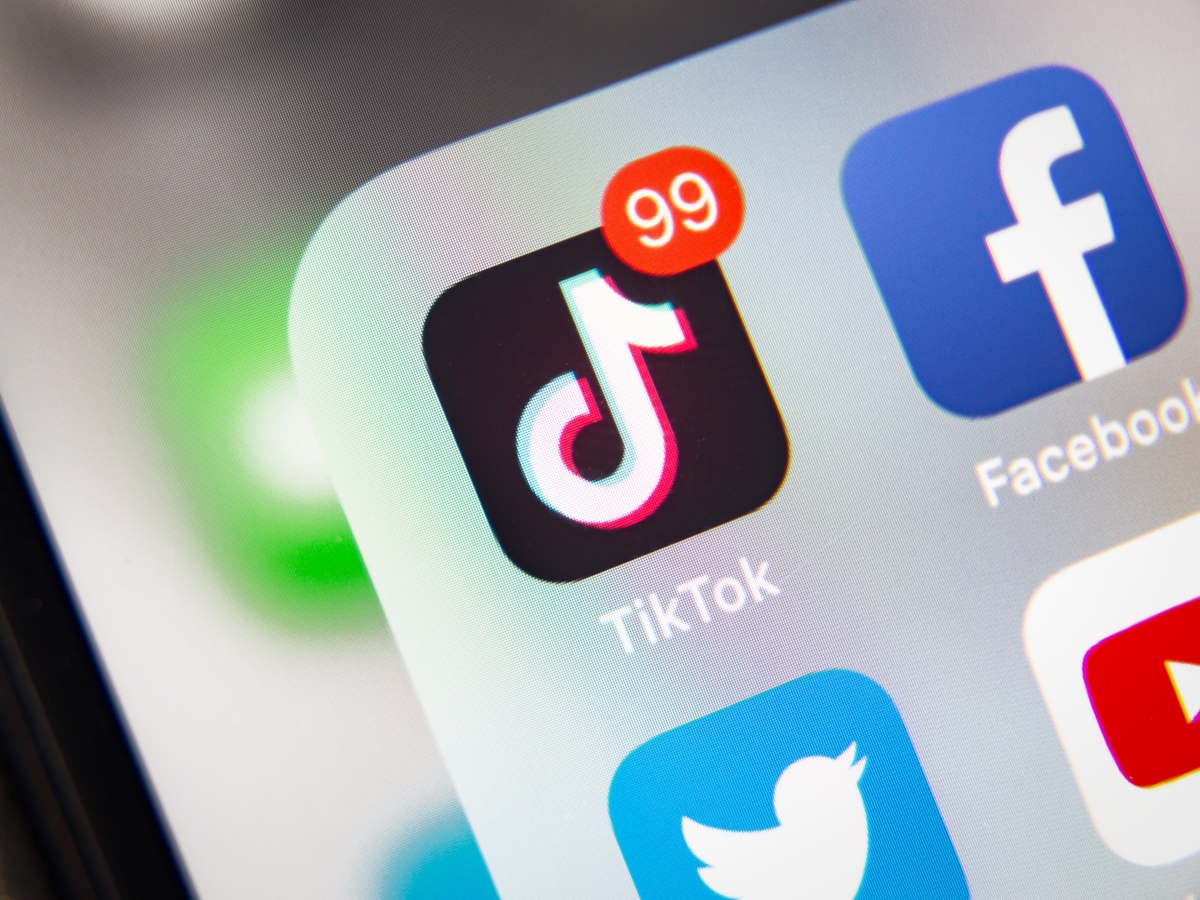TikTok has soared into contention over the past couple of years. The Chinese social media platform is now giving Facebook and Instagram a run for their money in social commerce.
According to Bazaarvoice, the US retail software company with an office in Sydney, TikTok has enjoyed a 553 per cent surge in sales via the site over the past year. By contrast, Instagram and Facebook recorded growth of 189 per cent and 161 per cent, respectively, over the same period.
Ed Hill, senior vice-president of Bazaarvoice, says that the impact of the Covid-19 pandemic on social commerce has been significant. “Over the past year, commerce has become a cornerstone feature for social platforms, as consumers have spent more time on social apps.”
Beauty brands have been fast on the uptake to use TikTok as a marketing springboard to attract younger shoppers. The platform’s campaigns for e.l.f. Beauty, the budget US makeup brand, have pulled in more than one billion views globally.
Last year, Rihanna’s Fenty brand was the first beauty player to launch a dedicated TikTok facility for content creation.
Now L’Oréal has debuted a pilot program for its Garnier and NYX Professional brands to harness TikTok’s social selling prowess. As part of the partnership, beauty shoppers will be able to buy select products from the two brands without leaving the app. The multinational is betting that social commerce will mimic the success of livestreaming and live shopping.
According to Roy Morgan Research, nearly 2.5 million Australians use TikTok in an average four-week period – up 52.4 per cent during the first half of 2020. Women and girls account for 60 per cent of Australian users and Generation Alpha (born since 2006) and Gen Z (aged 16 to 29) make up 70 per cent of total users.

